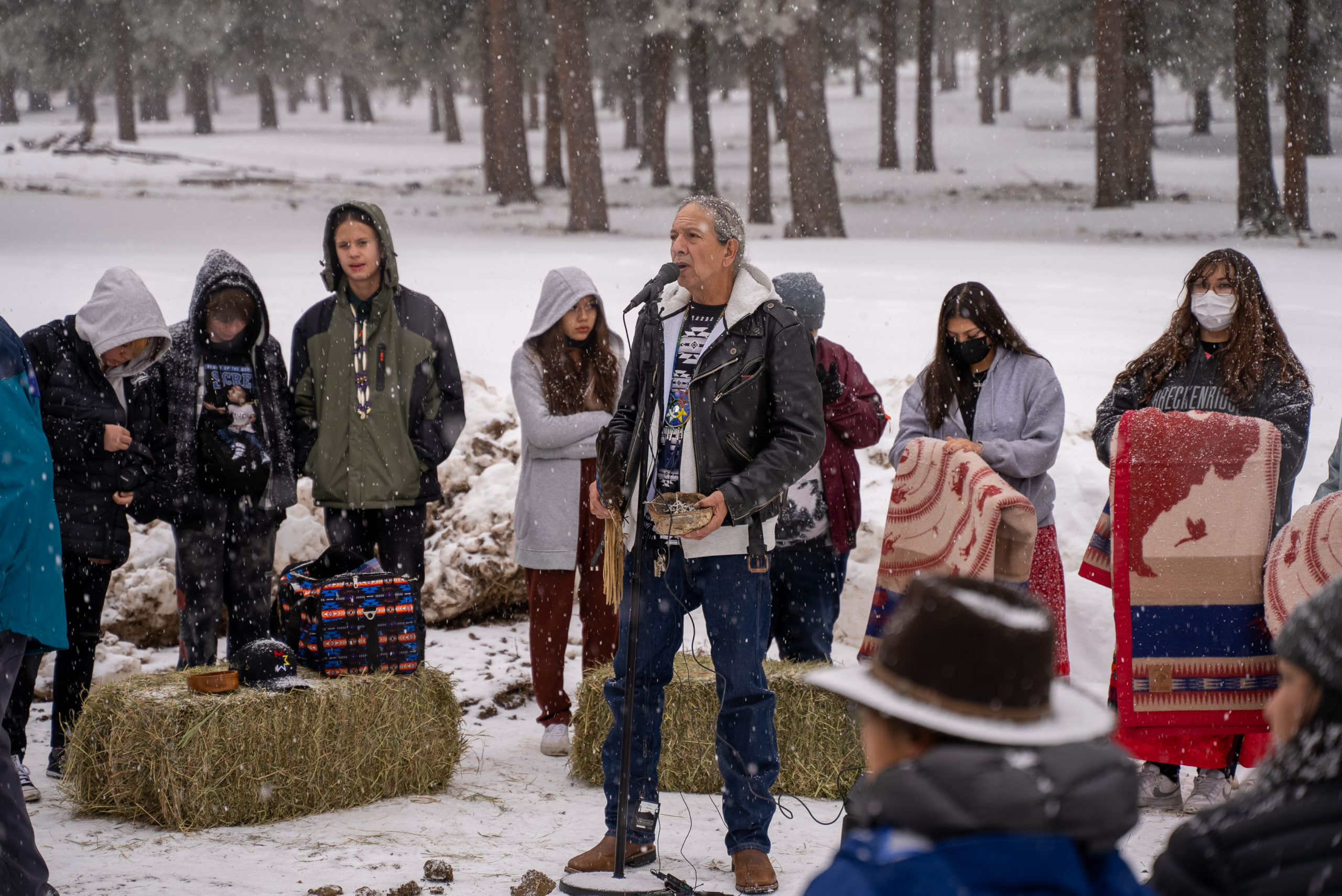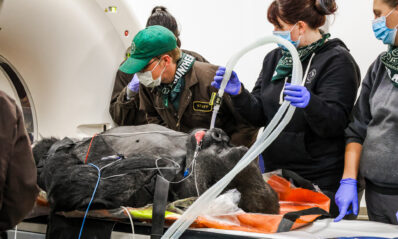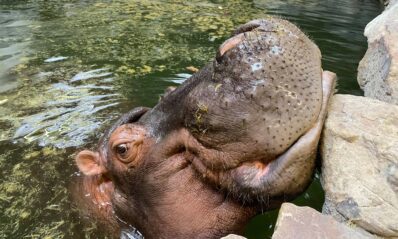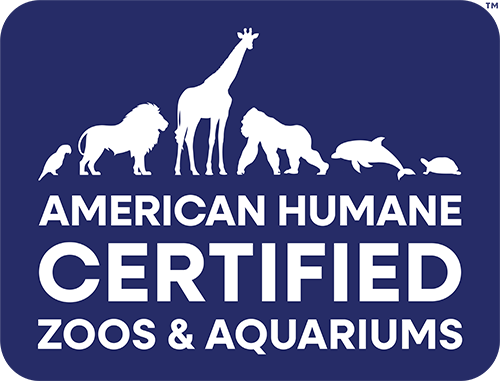
By Stefan Ekernas, PhD, Director of Colorado Field Conservation
Bison are our national mammal for a reason. They are icons of the American West, symbols of strength, resilience, sacred connections between people and animals, and the power of conservation. The US government used market hunting of bison as an economic tool to drive Native Americans off the Great Plains in the 1800s, for the benefit of European descendants to settle frontier lands, including Denver. The intended outcomes were broken Indigenous communities and domesticated landscapes.
This effort was only partly successful. Grassland landscapes were ravaged, especially tall grass and mixed grass prairies, but large swaths of rain-deprived shortgrass prairies remain unplowed to this day. Degraded and fragmented, yes, but not destroyed. Bison made a remarkable recovery, from about 1,000 animals in 1889 to nearly 400,000 today. Still a mere 0.1% shadow of their former abundance, but enough to blacken landscapes with fur in some special places, if you know where to look. Resilient Indigenous communities and cultures persisted too, while simultaneously being marginalized, actively persecuted well into the second half of the 20th century, and often forgotten. But still here. And like buffalo, even thriving in some special places, if you know where to look.

I often get asked whether the correct name for this animal is bison or buffalo. Within scientific taxonomy, there is only one correct answer: American bison are bison, and buffalo are something else entirely, encompassing different genera within the subtribe Bubalina that includes Africa’s Cape buffalo as well as Asia’s wild and domesticated buffalo. But ask Leroy Little Bear, a Blackfoot Confederacy member, who among other accolades founded the Native American Program at Harvard, and he will tell you that they are buffalo and part of his nuclear family. So let me ask you: have you ever met anyone who doesn’t know the correct name of their own brother? Who has greater legitimacy in giving name to a life, the taxonomist or the family member?
Both are right. Scientifically they are bison, and socio-culturally they are buffalo. The lesson I take is that by blending Western and indigenous knowledge, we gain a more holistic understanding of bison and their relationships to animals and people.

Bison are integral to both prairies and the Indigenous cultures who have long called them home. Remove bison, and both will be less than whole. Restore bison, and a process of rejuvenation begins, in a One Health approach that balances human, animal and environmental health. The end result will not be a return to the way the prairie and its people used to be; in fact, there will be no end, only evolution. And we can give name to that evolution, and its name is healing.
Denver Zoo began work on bison conservation more than 100 years ago. We obtained bison from Yellowstone in the early 1900s, bred and cared for them, and then reintroduced these animals to Genesee Park in 1914, in partnership with City of Denver’s then-newly-formed Denver Mountain Parks. The bison you see today along I-70 at Genesee Park and further south at Daniels Park are descendants of those animals, and inside a Genesee barn you can still see the crates in which the 1914 animals were transported. Back then, we thought that was enough. Bison were safe from extinction; the American Bison Society dissolved itself in 1935, considering its mission completed, and after 1914, Denver Zoo stopped bison field conservation work for 98 years.
In 2012 we picked the torch back up, entering a ground-breaking collaboration as a founding partner at Rio Mora National Wildlife Refuge in northern New Mexico. There, Denver Zoo helped devote federal conservation land to reintroducing tribally-owned and -managed bison. A few years later we came full circle, expanding our bison conservation work to partner once again with Denver Mountain Parks.
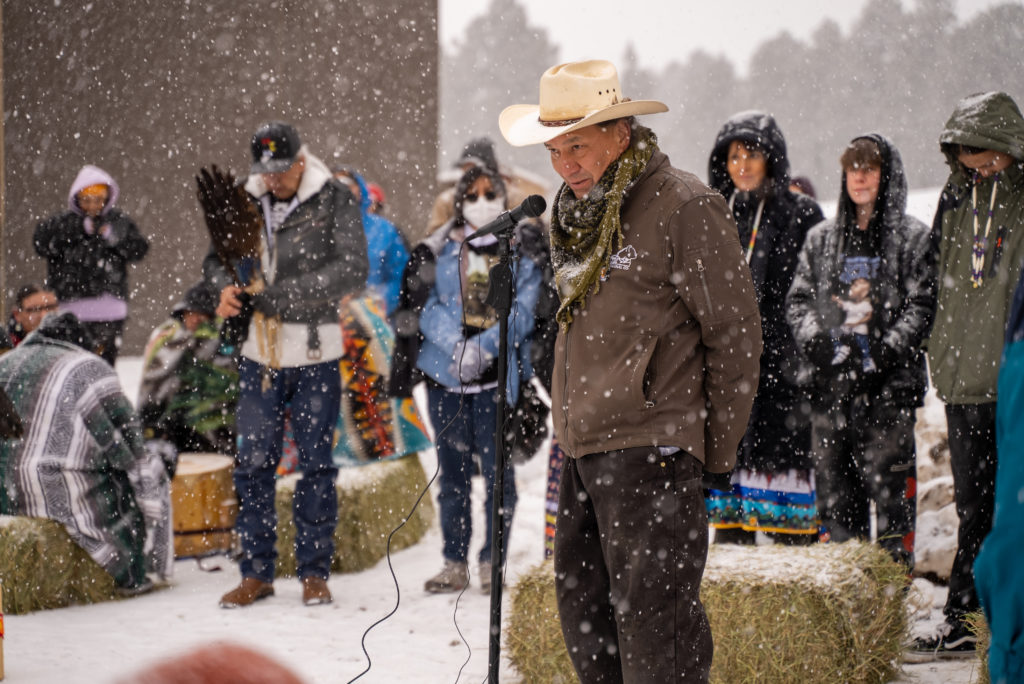
In March of 2022, that partnership achieved a new high. For 50 years, Denver Mountain Parks had been auctioning excess bison calves at Genesee and Daniels Parks to manage the herds. Early last year, I and others at Denver Zoo began conversations with Denver City officials about donating excess bison to Native tribes rather than auctioning them off. To the enormous credit of Denver Mountain Parks, Denver Parks and Recreation, Mayor Hancock’s administration and others, the City immediately picked up that idea and ran with it. 2022 was the first year without an auction. Instead, 33 buffalo were returned to Native tribes for reparations. Elders and students from American Indian Academy of Denver held prayer ceremonies for the buffalo to bless the animals and pass on cultural knowledge to the next generation. Denver Zoo sponsored the Denver March Powwow, which the bison donation was timed to coincide with. And on March 21st, Mayor Hancock, Denver Parks and Recreation leaders, tribal governments, buffalo managers, Native elders and students offered speeches, prayers, and songs while buffalo were loaded onto trailers to be transported to tribal conservation herds in Wyoming and Oklahoma.
In the middle of the ceremony, Jason Baldes – who is Eastern Shoshone and picked up the buffalo for reintroduction to Northern Arapaho’s herd on Wind River Reservation – turned to me and said, “This is exactly how it ought to be done.” And what specifically is the “it” that Jason referred to?
Buffalo healing.
